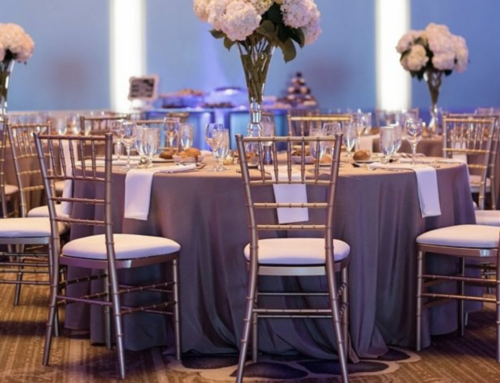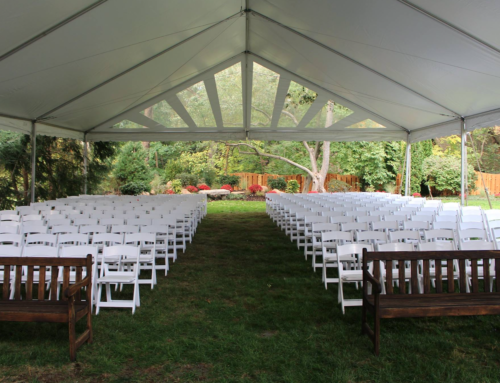Aim to make the dress code very clear from the beginning (e.g. the invitation stage) to leave attendees plenty of time to shop around, especially for more specific attire. Let guests know any themes or colour codes so that they can incorporate them while adhering to the dress code. If more explanation is needed than best way to do it is to explicitly explain on the invitation or direct to a ‘more information’ web page and perhaps even include some images.
Don’t expect attendees to be a mind reader because this is the fastest way to be disappointed. If you don’t want attendees to wear black, or white (or red etc.) then say so. Ultimately some people are going to pick out the easiest thing in the wardrobe and if you want to cut something out (or put something in) then say so explicitly to avoid confusion.
While dress code is very important, being too strict and making the dress code too specific can put people off attending or make them feel uneasy, which can overshadow your event. Give your guests guidance as much information as possible without strictly telling them what to do.
The key part of setting a dress code is communication. Is the event outside? And if so is it covered? This allows attendees to decide whether to bring a coat, jacket or just a wrap, plus they can check the weather beforehand to dress appropriately and within the criteria that has been set. Is there going to be grass? Let them know and this will help female guests wear chunky heels rather than stilettos (and stop a twisted ankle).
For larger events, set up a FAQ page and give a more detailed description of the dress code if it seems confusing or be prepared to answer questions. You could also choose to post on social media in the run up to the event to clarify any questions or even create a buzz for outfit ideas for the day.
A well thought out and presented dress code can be used to make attendees feel good about themselves and increases the chances that they will enjoy the event by putting them in a better mood. Ultimately, you should consider the event dress code carefully as it will define whether your attendees set out on the right foot. Additionally it is equally important to relay this appropriately to your guests so that they can get it right and avoid countless phone calls asking the same questions.









Leave A Comment
You must be logged in to post a comment.